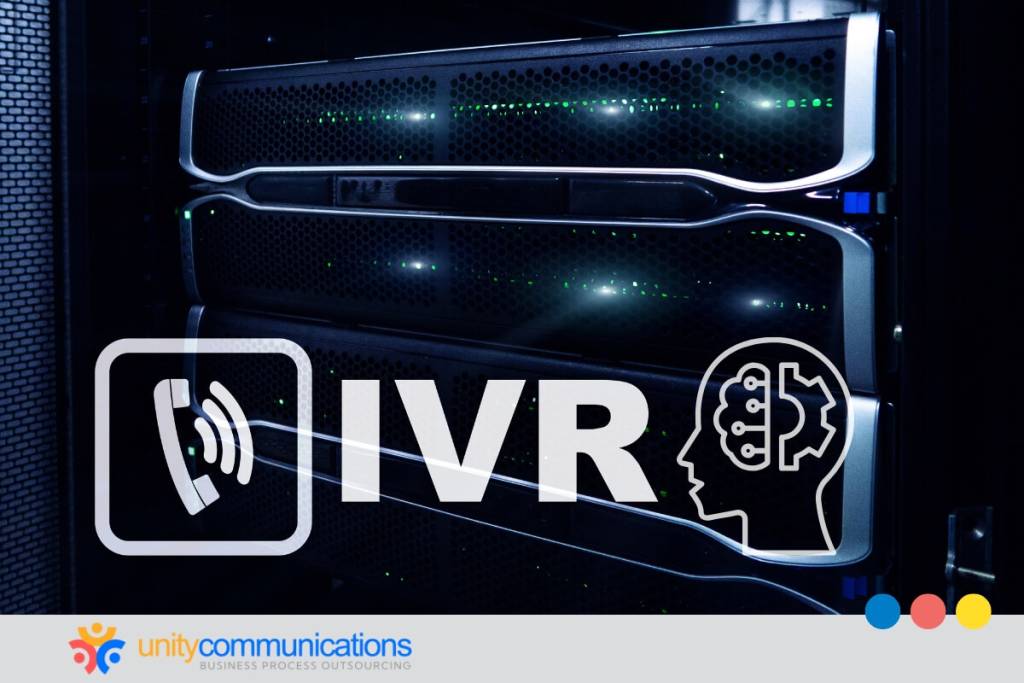Table of Contents
Businesses must deeply understand the different strategies to maximize new investments. This knowledge drives successful implementation and prevents wasting resources.
This statement is especially true for business process outsourcing (BPO) organizations adopting a staff augmentation service. The model offers a cost-effective solution to expanding project teams and addressing skill gaps that delay critical short-term projects.
If you are considering staff augmentation for your BPO operation, refer to the best practices below to fully utilize the strategy!
Six best practices to leverage staff augmentation

Using temporary employees to resolve insufficient staffing or skill issues for short-term projects is what BPO staff augmentation entails. This innovative strategy helps you maintain productivity and service quality when managing changing client requirements and market demands, especially during seasonal spikes.
This approach is also applicable to satisfy long-term enterprise needs. For instance, you can hire a few third-party professionals to complete urgent front- and back-office functions remotely while your permanent staff members adjust to a new line of client accounts.
In addition, staff augmentation minimizes expenses for additional headcount. This strategy helps avoid employing new full-time workers to meet client demands. Instead, you can hire the augmented workforce for a day, a week, or a month without worrying about providing mandated benefits.
Due to the benefits of staff augmentation, many companies adopt the practice to enhance their operations. In 2024, the global temporary labor sector earned $537.37 billion in revenue. Verified Market Research expects the industry to expand at a compound annual growth rate (CAGR) of more than 6% and reach a value of $881.36 billion by 2031.
However, to maximize these benefits, strategies must be explored, understood, and implemented to leverage staff augmentation effectively. The best practices below can guide your journey to building an augmented workforce:
1. Know the basics
Although staff augmentation is a cost-efficient solution across industries, gaining an in-depth knowledge of the model remains crucial.
Augmenting a workforce is distinct from hiring freelancers. Knowing these differences assists you in deciding which approach suits your budget, quality standards, and operational requirements.
Staff augmentation involves employing temporary workers, typically from staffing agencies, to address insufficiencies in your urgent or short-term initiatives. Unlike traditional hiring models, it lets you recruit individuals with a specific skill set to satisfy your unique needs and business objectives.
Freelancing also provides highly skilled experts at competitive pricing and on a short-term basis. However, gig workers have more authority over their work schedule and methodology. Staff augmentation lets you have more control over project management and output quality.
2. Identify the projects with talent gaps
According to Wiley’s 2023 market insights, a skills gap decreases efficiency and profitability while increasing operating expenses. It also impedes an organization’s ability to compete and capitalize on opportunities.
Hiring contract workers is among the solutions considered by the report’s respondents. However, identifying the projects that encounter talent gaps is crucial before adopting staff augmentation. Here are some best practices you can exercise:
- Assess current projects and workloads. Review business goals and project requirements. List upcoming initiatives, deadlines, or deliverables that need additional expertise to complete quickly and successfully.
- Evaluate existing team skills relative to project requirements. Verify the areas where your workers lack the specialized capabilities to execute tasks effectively.
- Perform a gap analysis. This action helps pinpoint discrepancies between the skills available within your in-house team and those you can get from augmented staff to execute your projects effectively.
- Consult with project managers, team leaders, and department heads. Collect their insights on talent issues and recommendations to solve them.
- Prioritize projects that contribute to meeting strategic objectives. Ensure the effort requiring third-party talent will yield the most significant returns on investment (ROI).
- Consider external factors affecting talent requirements for client projects. Examples include market trends and technological advancements. Stay informed about emerging skills you can get from augmented staff to remain competitive.
- Quantify the necessary third-party human resources (HR) for each project. Confirm the number of additional employees required, their skill sets, and their involvement period. This step helps guarantee accurate project planning and budget allocation.
3. Conduct a cost analysis
After accomplishing the first two steps, perform a cost analysis to align your staff augmentation investment with your overall budget and ensure ROI. Begin by breaking down and calculating the total cost of your existing in-house resources for the project.
Then, research and collect critical data on the costs associated with staff augmentation services, including rates, payment options, and additional fees. Obtain quotes from potential staffing agencies for comparison. Note potential budget constraints and develop a well-structured plan to mitigate them.
4. Choose the right staff augmentation model
Staff augmentation comes in different service and pricing models. They offer varying advantages, allowing you to choose which option fits your business strategy and budget.
Here are the common staff augmentation models:
- Project-based. Businesses employ augmented staff to complete specific tasks. The engagement ends once the project concludes. They pay the workers according to the services rendered.
- Skill-based. Companies hire third-party workers with specialized skills that in-house employees lack. Service fees depend on the worker’s skill level and experience.
- Remote. A global external talent pool provides remote support to clients seeking cost-effective operations. These professionals either operate independently or under a staffing agency.
- Managed services. Staffing agencies usually handle the end-to-end HR function of a deal and charge a monthly fee. They often accept long-term partnerships.
5. Collaborate with an experienced staffing agency
Upon selecting the best staff augmentation model for your project, research and distinguish credible staffing agencies. If you consider the managed services model, pick an agency with a proven track record, a robust talent network, and cultural affinity.
Remember to check references and reviews from past clients to evaluate the provider’s reputation, reliability, and service quality. Search for online testimonials and case studies that give insights into the agency’s performance, responsiveness, and customer satisfaction.
Assess the provider’s talent pool to ensure it meets your business or your client’s project requirements. Inquire about its recruitment process, screening criteria, and quality assurance measures to guarantee qualified candidates and avoid unforeseen labor issues.
6. Employ artificial intelligence (AI) and automation
Using AI and robotic process automation (RPA) is another cost-efficient way to augment your staff without hiring full-time employees or contract workers. These advanced tools streamline repetitive tasks, allowing your in-house team to prioritize more complex functions and core competencies.
For instance, AI-powered chatbots can reply to customer inquiries in real time. They provide personalized product recommendations and resolutions to address urgent concerns during Thanksgiving. While doing so, the core in-house team focuses on improving goods and offers amid the holiday rush.
Additionally, staff augmentation lets you avoid the overhead cost of in-house and third-party recruitment. According to IBM’s latest statistics, cutting expenses drove AI adoption for 42% of surveyed organizations in 2023 alone.
The bottom line

Embracing staff augmentation without implementing proven strategies and best practices might do more harm to your project than good. Employing an external workforce without research, analysis, and screening can compromise output quality and efficiency.
Understanding and implementing the discussed ways enable you to maximize external talent while ensuring cost savings and enhanced productivity. Automation and AI optimization also offers an opportunity to augment your staff without recruiting more employees.
Let’s connect and exchange staff augmentation best practices to boost your project execution!




